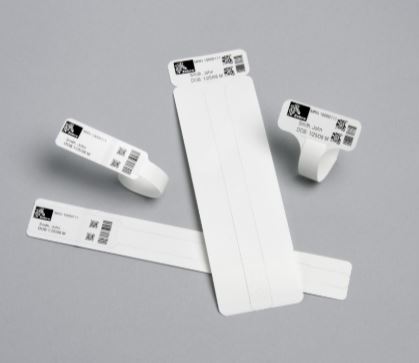 | Loading… |
How to use RFID asset tracking systems for banking and financial institutions in Malaysia and what is the challenge faced by the asset management team in the tracking process.
23/Jun/2020
Asset management can be a simple but complicated process for banking institutions especially for the organisation having multiple branches and multiple locations with multiple level building. The auditing of assets will become much more challenging and costly as the process needs to be outsourced to the 3rd parties.

Autotrack RFID asset management team understands the challenges in the financial institutions asset tracking. This market requirement is handled by our team with our special design and made module of RFID asset checking by users to simplify this process. 2 of the most important starting steps in financial sector asset tracking is the asset receiving and asset allocation process. Once the RFID asset tag clearly and firmly pasted on the asset, the asset will be allocated onto the correct location by transferring the asset to the branches. The branch manager will need to receive the asset by signing up the asset present on the branch level and clear feedback received from the asset issuer needs to be logged into Autotrack server.

First round after the asset allocated to the different branches, first time asset check is exercise for the auditing purpose. This process normally performs within 6 months after the asset distributed to the designated branch and level. Once the asset is completed audited with a confirmation audit check by the auditor, the asset manager now can sum the asset value to the company finance for tax purposes.
How easy is it to implement an Autotrack RFID asset management system for your company? With our experienced asset sales consultant, the implementation can be as simple as 123 with conditioner customers following our proven step in asset management experience.
The challenge on implementing the RFID asset tracking system is when the Autotrack team needs to follow the customer tradisional not digitised step when implementing the asset tracking system. Simple tracking processes may become complicated if the logic of tracking is different from the simple tracking flow.
|